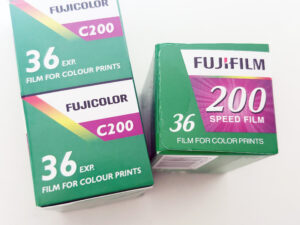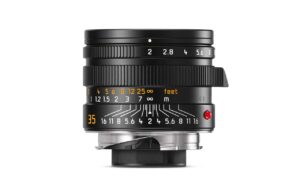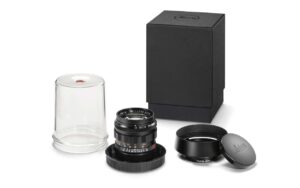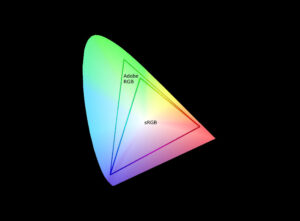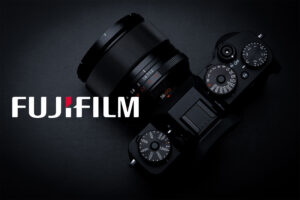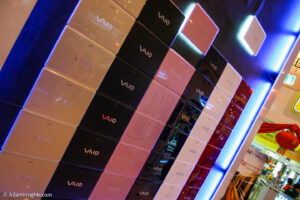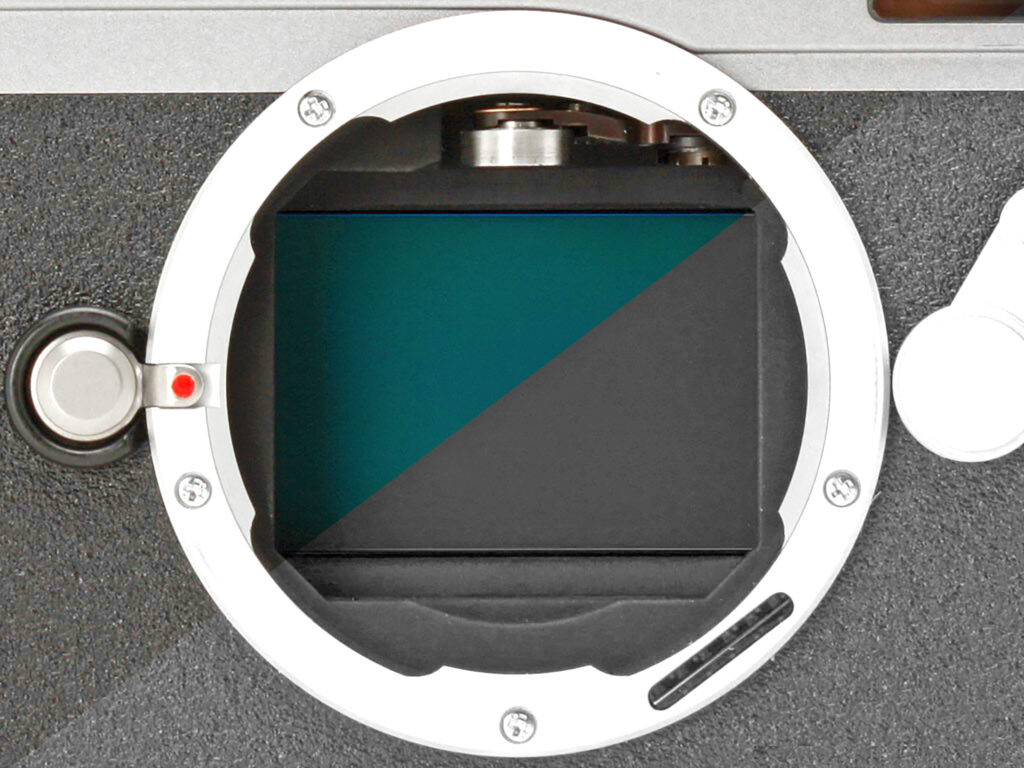The Leica M11 Monochrom is here. And we’ve got the usual ‘Why would you buy a camera that can only shoot black and white?’ questions coming in. Black and white photography is a timeless art form that has been popular since the early days of photography. Even with the advent of colour photography, black and white photos continue to captivate and inspire photographers and viewers alike. While it is possible to create stunning black and white images by converting colour images to black and white, many Leica photographers have discovered that using a dedicated black and white sensor offers significant advantages.
Everyone knows I love Leica, so I want to take a more technical approach to talking about this without brining it back (too much) to a camera brand I am very fond of and can go off on tangents talking about.
More Detail with a Black and White Only Sensor
The primary advantage of using a dedicated black and white sensor is that it captures only luminance information, resulting in sharper and more detailed black and white images. Colour sensors, on the other hand, use a colour filter array that can lead to a loss of resolution and accuracy when you convert their colour information to black and white, which can impact the quality of the final image. With a dedicated black and white sensor, there is no need for a colour filter array, which all results in a higher quality image.
More Dynamic and Tonal Range
Another advantage of using a dedicated black and white sensor is that it allows for greater control over the tonal range of the image. Since black and white sensors only capture luminance information, photographers can use different exposures and lighting techniques to create images with a wider dynamic range and more subtle tonal transitions. This can result in images with greater depth and a more nuanced sense of mood and atmosphere.
This will become apparent with editing
In addition, using a dedicated black and white sensor allows for more efficient post-processing. Since the sensor captures only luminance information, it is easier to manipulate and adjust the image in post-processing without affecting the colour information. This can result in a more efficient workflow and more precise adjustments.
Someone once said to me that black and white was all about contrast and colour is all about tonal range. I disagree. There are countless photographs out there of black and white landscapes where the detail comes through in the broad range of tones of black and white. Just look up the works of Ansel Adams, there are countless high contrast colour photos that I admire which are so high contrast the details are gone but the story is still told with the use of colour.
The Leica M11 Monochrom…why the hype?
As the guys at PetaPixel have proven, the ISO capabilities of a black and white only camera are extreme:it can go up to 20,000 and still produce usable images.
The best review of the Leica M11 Monochrom I’ve seen
The Leica M11 Monochrom is a true masterpiece in the world of black and white photography. Its high maximum ISO is a testament to the advanced technology and engineering that went into creating this camera. But what sets this camera apart is its unique sensor, which lacks a colour filter, allowing for unparalleled image quality and versatility.
The absence of a color filter means that the M11 Monochrom can capture more light and detail than traditional colour sensors. This translates to improved abilities when it comes to working with shadows, highlights, and ISO noise. The result is a truly remarkable image that has a natural, “analog” look that is hard to replicate with other cameras.
The M11 Monochrom’s CMOS sensor has the same design as the full-color M11. Its back-illuminated structure captures more light for higher ISO settings and lower noise. Without coloured filters, the base ISO level is lifted to ISO 125 from ISO 64 in the colour camera.
Furthermore, the M11 Monochrom is forgiving when it comes to the technicalities of photography. You don’t have to worry too much about getting the exposure or white balance exactly right. The camera’s forgiving nature allows you to focus on your creative vision, capturing the moment without being bogged down by technicalities.
When you’re shooting with the M11 Monochrom, you’ll notice that the images have a depth and richness that is hard to achieve with other cameras. The dynamic range is impressive, allowing you to capture both the brightest highlights and the darkest shadows with ease. Whether you’re shooting portraits, landscapes, or street scenes, the M11 Monochrom produces stunning images that are sure to impress.
Black and White is More Authentic
Perhaps the biggest advantage of using a dedicated black and white sensor is that it allows for a more authentic and artistic approach to black and white photography. Black and white photography is about capturing the essence of a subject, and using a dedicated black and white sensor helps photographers to do just that. By eliminating the distractions of color, photographers are able to focus on the texture, contrast, and mood of the image, resulting in images that are truly timeless and impactful.
While it is possible to create stunning black and white images using colour sensors and post-processing techniques, using a dedicated black and white sensor offers a range of advantages that cannot be replicated. The Leica M Monochrom is just one example of a camera that is designed specifically for black and white photography, but there are others on the market as well. If you are serious about black and white photography, using a dedicated black and white sensor is definitely worth considering.

